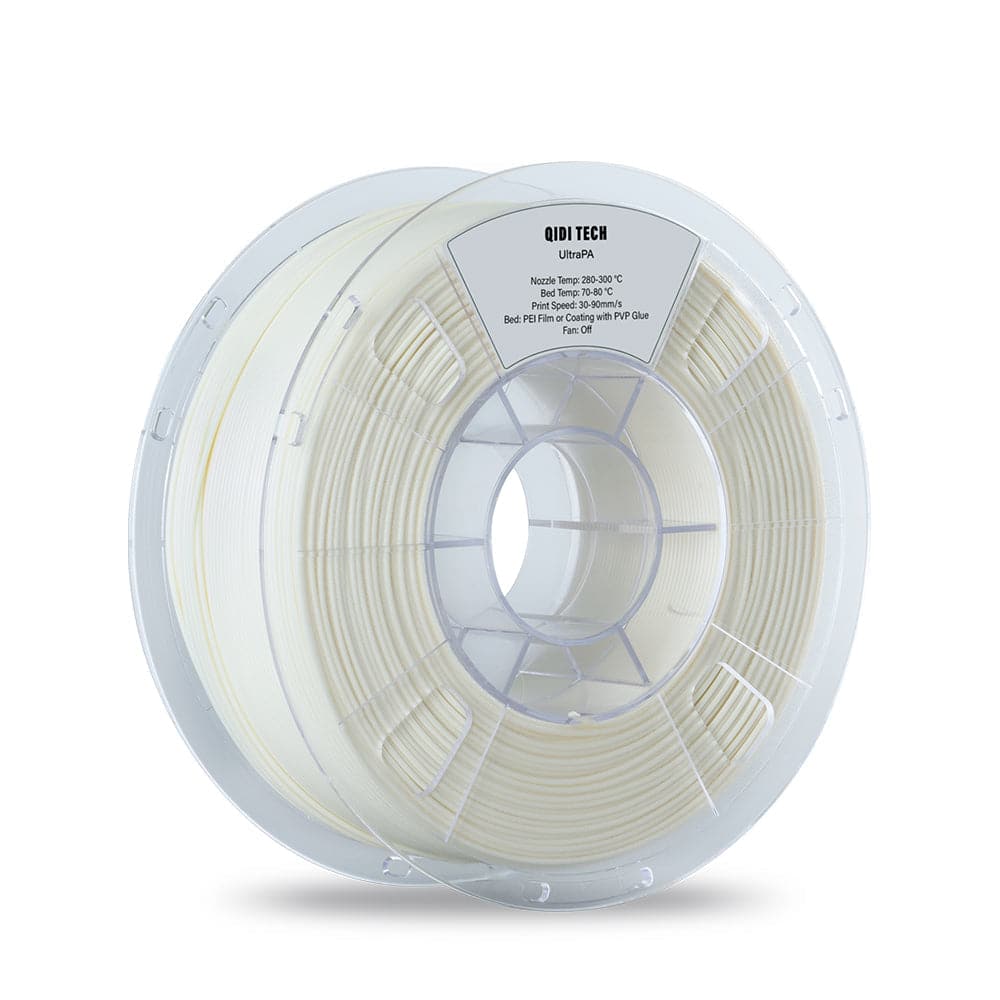Unlock Your Creativity: Discover the Secrets to Sourcing the Perfect Nylon Filament for Your 3D Prints!
Nylon filament has become a game-changer in the world of 3D printing, thanks to its unique properties and versatility. Unlike traditional materials, nylon offers a combination of strength, flexibility, and durability that makes it ideal for a wide range of projects. As the popularity of 3D printing continues to surge, with hobbyists and professionals alike embracing the technology for everything from prototypes to artistic creations, the need for quality materials has never been more critical. The right filament can make the difference between a successful print and a frustrating failure. Understanding how to source top-notch nylon filament is essential for anyone looking to fully unlock their creative potential in the realm of 3D printing.

Understanding Nylon Filament
Nylon filament is a type of thermoplastic polymer that has gained favor among 3D printing enthusiasts for its remarkable characteristics. One of its most notable properties is its strength; nylon boasts a tensile strength that often surpasses that of other common printing materials, making it perfect for functional parts that need to withstand stress and wear. Additionally, nylon is known for its flexibility, allowing it to bend without breaking, which is particularly useful in applications where some degree of movement is required. This filament also exhibits excellent chemical resistance, making it suitable for parts that may come into contact with various substances. Furthermore, nylon's ability to absorb moisture can be a double-edged sword; while it can enhance adhesion during the printing process, it also necessitates careful storage to prevent degradation. Friends who have ventured into 3D printing have often praised nylon for its adaptability, sharing stories about how it has enabled them to create intricate designs that stand the test of time.
Types of Nylon Filament
When it comes to nylon filament, there are several types to consider, each with its own unique properties and ideal applications. Nylon 6, for instance, is one of the most common varieties and is known for its high tensile strength and flexibility. It is particularly well-suited for applications that require durability, such as gears and mechanical parts. On the other hand, Nylon 12 offers a lower moisture absorption rate, making it a great choice for projects that require dimensional stability. Blends of nylon, such as Nylon + carbon fiber or Nylon + TPU (thermoplastic polyurethane), can also provide enhanced mechanical properties, catering to specific needs like increased rigidity or elasticity. Understanding these distinctions can help you choose the right type of nylon filament for your specific project requirements. A friend of mine who works in product design swears by Nylon 12 for its reliability in prototyping, as it consistently delivers accurate results without warping.
Factors to Consider When Sourcing Nylon Filament
When sourcing nylon filament, there are several crucial factors to keep in mind to ensure you make a wise purchase. First and foremost, consider the diameter of the filament. It typically comes in standard sizes like 1.75mm or 2.85mm, so make sure you choose a size compatible with your 3D printer. Additionally, color and spool size can impact your choice; a variety of colors can help achieve the desired aesthetic for your prints, while larger spools may offer better value for extensive projects. Quality and consistency are paramount when selecting a filament; low-quality nylon can lead to inconsistent extrusion and poor print quality. Look for suppliers that provide detailed specifications and customer reviews, as these can give insight into the performance of the filament. A colleague of mine once made the mistake of purchasing a cheaper filament without checking reviews, resulting in a frustrating printing experience filled with clogs and inconsistencies.
Where to Purchase Nylon Filament
There are numerous avenues for purchasing nylon filament, each with its own advantages. Online retailers often offer a vast selection and competitive prices, enabling you to compare options easily. Specialty 3D printing stores may provide curated selections, often featuring higher-quality materials that have been tested and reviewed by the community. If you prefer to support local businesses, consider checking out local suppliers or makerspaces, where you can often find advice and recommendations from fellow makers. Regardless of where you decide to purchase, it’s essential to evaluate suppliers based on their reputation and customer service. Look for those who are transparent about their products and offer guarantees on quality. A friend of mine found a fantastic local supplier that not only provided high-quality nylon filament but also valuable advice on printing techniques, enhancing her overall experience.
Maximizing Your 3D Printing Success with Nylon Filament
Choosing the right nylon filament is vital for successful 3D printing, whether you're crafting functional parts or artistic creations. By understanding the properties and types of nylon filament available, considering essential factors when sourcing, and exploring various purchasing options, you can significantly enhance your 3D printing experience. Remember, the journey to finding the perfect filament may take some time, but the rewards of your creative endeavors will be worth the effort. So go ahead, explore your options, and make informed decisions that will unlock your creativity in the world of 3D printing!








